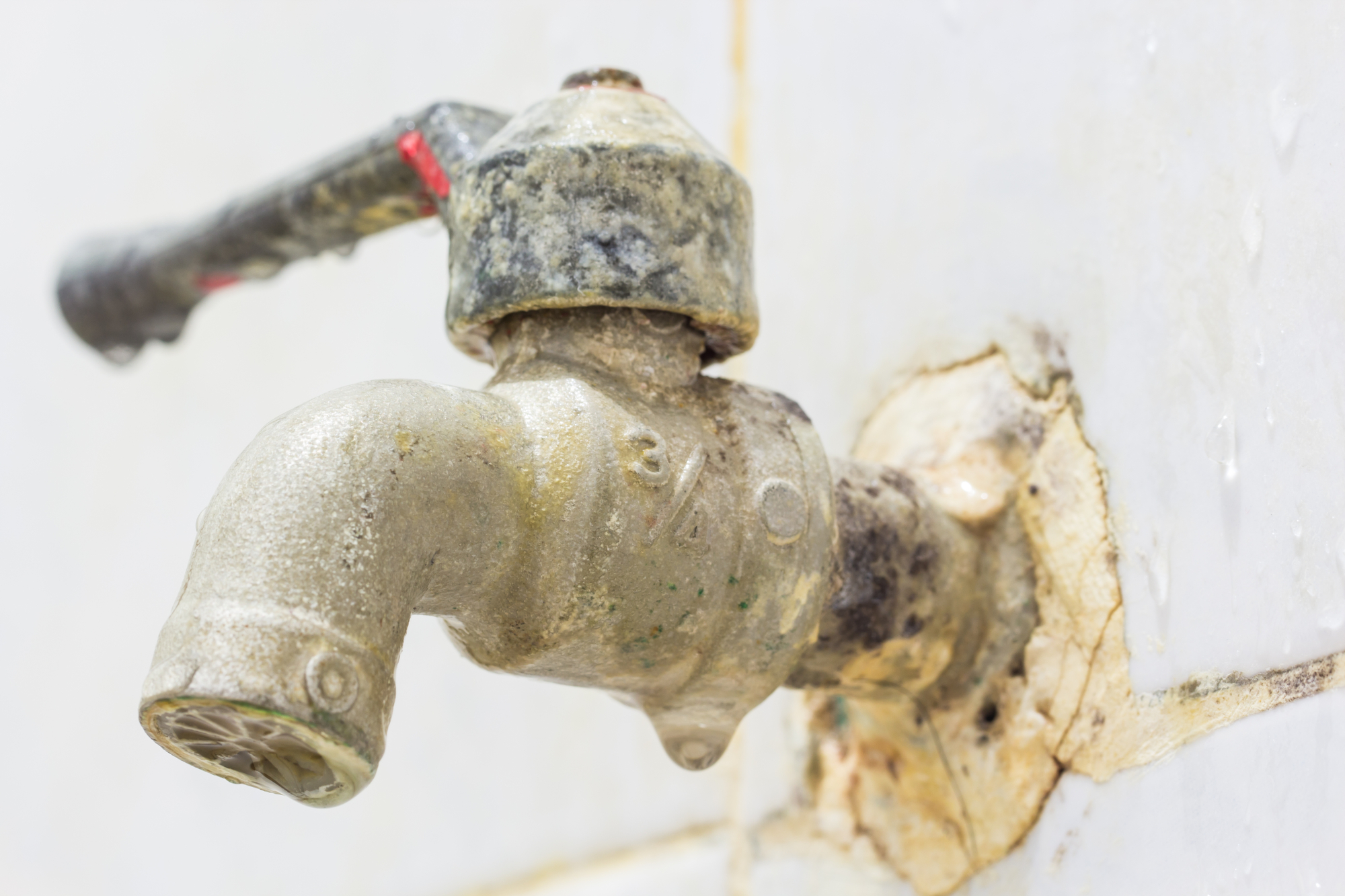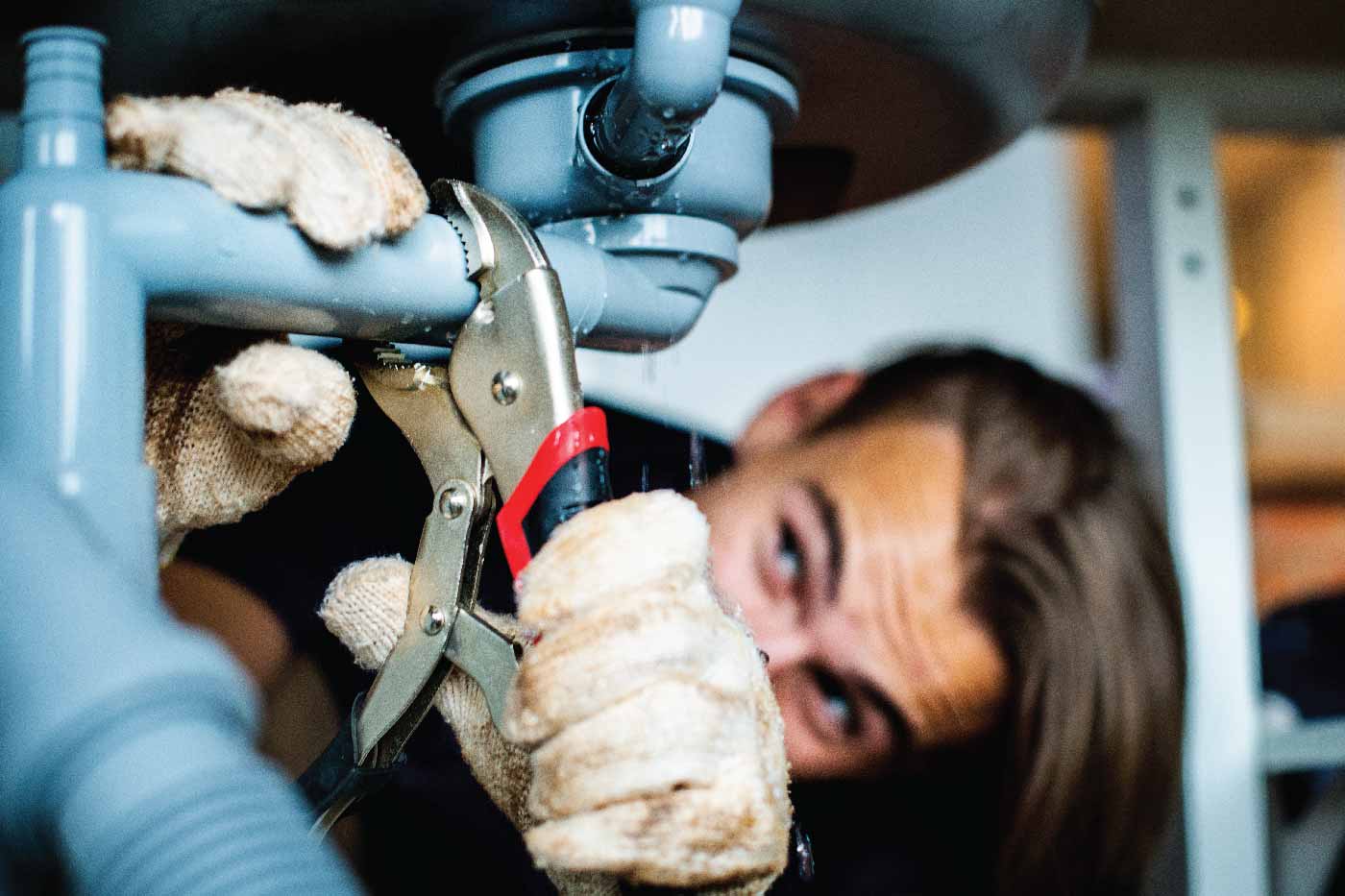Performing a quick drain on the sprinkler can prevent an early snap off the system. There are many types of sprinkler backflow systems. However, one thing everyone needs to be aware of is maintenance. In this term, the most common action is draining. But how to drain sprinkler backflow valve?
To drain a sprinkler backflow valve, turn off the water supply and open the test cocks to release any trapped water. Then, close the test cocks and turn on the water supply to flush out any remaining water.
It is important to drain the sprinkler backflow valve regularly. This helps to prevent freezing and damage during the winter months. So, positively the skill of drain sprinkler backflow valve is essential. To further ensure your sprinkler system’s efficient functioning and longevity.
Steps On How To Drain Sprinkler Backflow Valve
Draining the sprinkler backflow valve is a crucial task and needs certain expertise. So, learning how to drain sprinkler backflow valve ensures a better irrigation system. To do a draining you can follow these steps for faster and ensureing results:

- Turn off the Water Supply: Start by turning off the water supply to the backflow preventer irrigation system. This will prevent any water from flowing into the system during the draining process.
- Turn off Timer: If you have a timer for your sprinkler system, make sure to turn it off to avoid any accidental watering during the draining process.
- Release Pressure from the System: To release the pressure from the system, turn on one of the sprinkler valves manually. This will allow any remaining water to drain out.
- Open the Drain Valve: Locate the drain valve on the backflow preventer and open it. This will allow any water trapped in the valve to drain out.
- Flush the Valve: Use a bucket of water or a hose to flush the backflow preventer thoroughly. This will help remove any debris or buildup inside the valve.
- Close the Drain Valve and Test the System: Once you have flushed the valve, close the drain valve tightly. Turn on the water supply and test the system to ensure proper functionality.
By following these steps to drain the sprinkler backflow valve, you can maintain the efficiency and longevity of your irrigation system.

Manual Vs Automatic Drain Valve
Manual Drain Valves: These valves require manual opening to drain the water. Turn the valve handle to 45 degrees to release the water trapped in the pipes. Ensuring no water remains to freeze or cause damage.
Locate the valve, attach a hose to the drain outlet, and open the valve to release the water. Once the water stops flowing, close the valve and remove the hose, ensuring proper drainage. For better results wrap a protection against it for the cold weather.
Automatic Drain Valves: These valves use a float mechanism to drain the water when the pressure drops automatically. They are convenient and efficient, frequently used in systems where manual access is impractical.
Begin by shutting off the water supply. Open the valve’s manual bleed screw to release any remaining water. After ensuring all water has drained, close the screw and resume the water supply.
Frequently Asked Questions
How Can I Drain A Sprinkler Backflow Valve?
To drain a sprinkler backflow valve, first turn off the water supply, release the built-up pressure, and open the test cocks to let the water drain out completely.
Why Is It Important To Drain A Sprinkler Backflow Valve?
Draining a sprinkler backflow valve is crucial to prevent freezing during winter, which can cause damage to the valve and the entire irrigation system.
How Often Should I Drain My Sprinkler Backflow Valve?
It is recommended to drain your sprinkler backflow valve at least once a year, preferably before the winter season, to ensure proper functioning and avoid potential issues.
Conclusion
In sum, regular maintenance of your sprinkler backflow valve is crucial for its proper functioning. Don’t take a chance during the winter as the system has chances to snap. So make sure are taking proper care of your plumbing system and maintenance. Take proper time for the maintenance of your system. This will ensure your water system stays intact and maintains family health.






